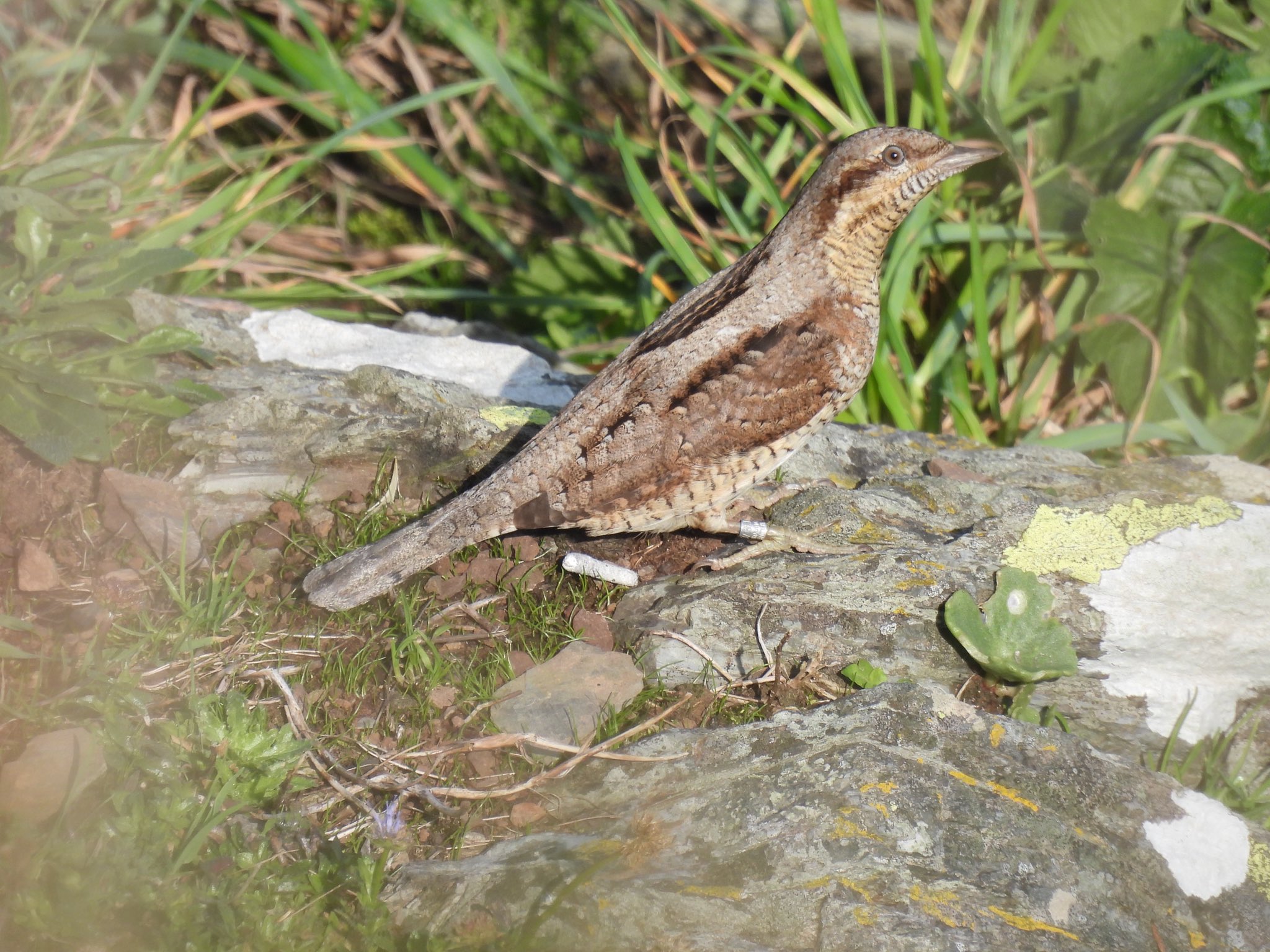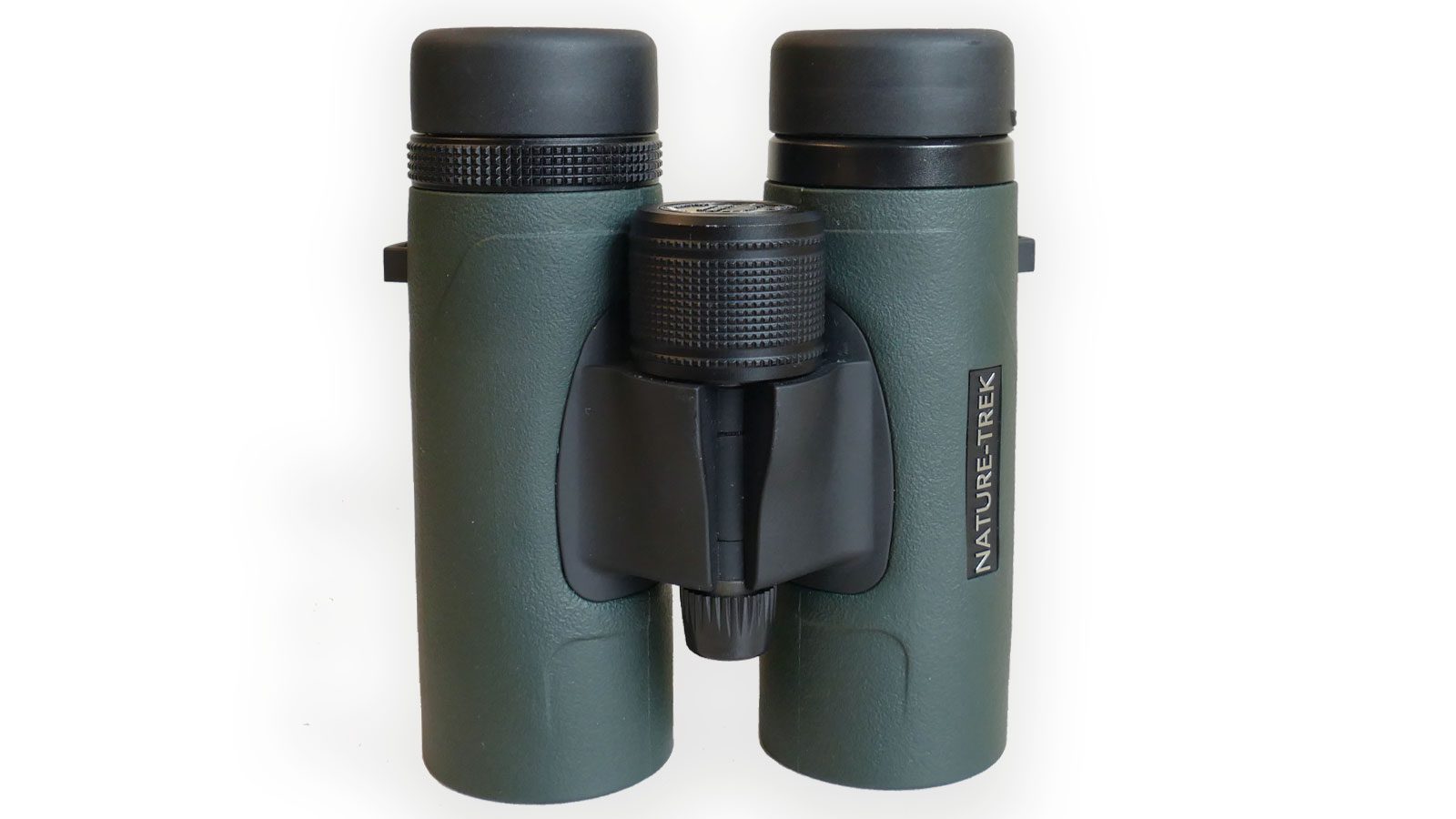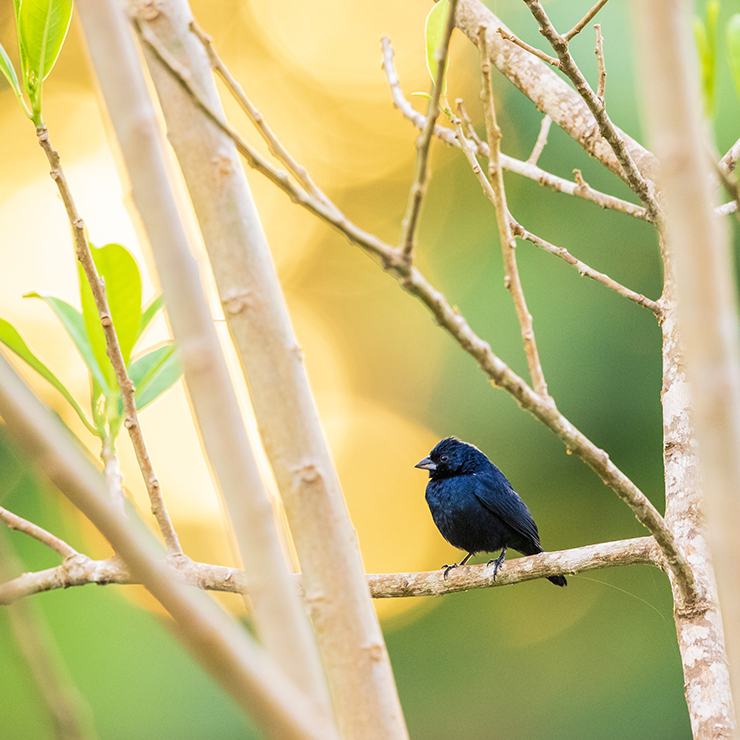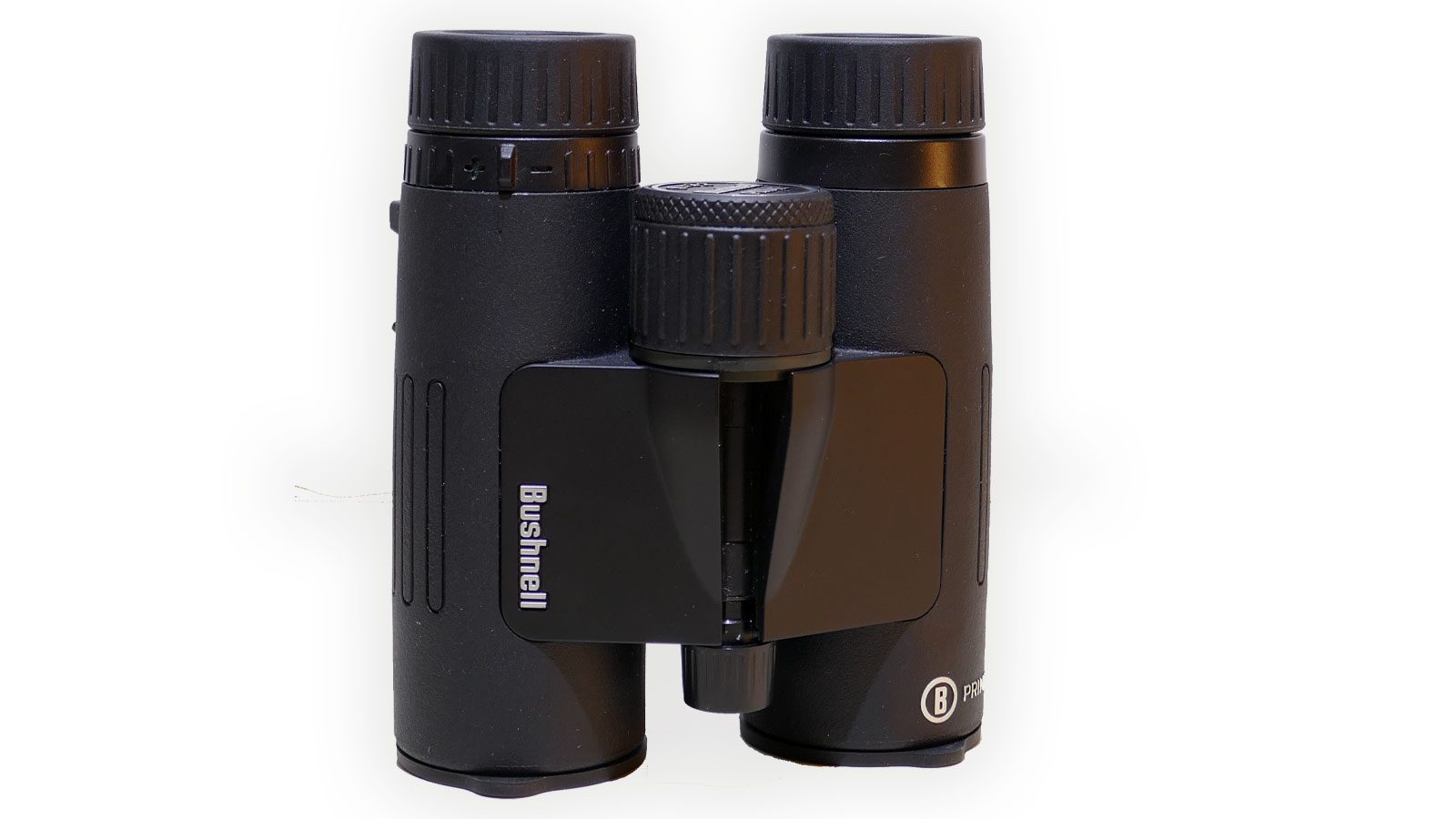
The climate has been pretty constant for 3-Sixth October, with average winds from the south-west limiting any passage on a big scale over Lundy. The tail finish of this week featured a lot lighter winds and superb solar on the Eighth, with some prolonged durations of heavy fog on the Ninth-Tenth.
Golden Plover information have been nearly every day on this interval, with an autumn excessive depend to this point of 9 over Millcombe on the Ninth, with the flock curiously led by a single Bar-tailed Godwit, and tailed by a single Snipe! A flock of 24 Oystercatchers was seen at Quarry Seaside on the 4th.
A single Nice Northern Diver was within the Touchdown Bay on the morning of the seventh. On an island-wide seal survey on the 4th two Arctic Skuas had been picked up, a pale morph from North Mild and a darkish morph inflicting havoc in a Gannet feeding flock east of the Touchdown Bay. A Mediterranean Gull was picked up within the Touchdown Bay on the fifth and one other off of the east with 115 Kittiwake on the seventh. A primary-winter Yellow-Legged Gull was current within the Touchdown Bay on the Tenth. After the fog cleared on the Ninth and Tenth the seabirds began feeding in earnest, with a whole lot of Gannet exercise – 120 recorded off of the east feeding on the Ninth. Our second autumn flock of presumably dispersed, roving Gray Heron was picked up on the Tenth, with 17 east of the Touchdown Bay shortly after daybreak making fairly the spectacle, albeit at a distance!
 |
| Golden Plover, Airfield © Angus Croudace |
While it was too windy to ring in Millcombe early within the week we had been out dazzling each night time, with nice success. Seven Frequent Snipe have been ringed. Utilizing the thermal has been invaluable in serving to us file what number of snipe we even have, with daytime information sometimes of single birds. Now that fairly a number of are ringed, with additional effort throughout the autumn and winter, we’ll have the ability to get a greater deal with on what number of birds stick round for some time, or whether or not there’s a lot turnover of people. We’re additionally wanting ahead to mid-October, after we ought to start to select up Jack Snipe, that are two thirds the dimensions of Frequent Snipe and flush a lot a lot later, and are thus very tough to search out! One other 6 Wheatear in addition to over 20 Skylarks have additionally been ringed in these periods, which have targeted on SW Area, Brick Area and the Airfield, with one foray north to Center Park. Notably a Frequent Redstart was additionally caught close to to the Stonecrusher on the night on 4th, two days after it was first discovered on a morning census.
Within the gentle winds on the finish of the week we might open the nets in Millcombe. The best session was on the Ninth, after we caught 51 Siskin and a dozen different frequent migrants, in addition to one other Pink-eyed Vireo which had been picked up within the subject by Luke within the morning. This hen weighed 20.3g, much more than the beforehand ringed hen at 15.6g. It is clearly been feeding nicely since arriving (presumably) among the many massive UK inflow two weeks in the past, earlier than arriving in Millcombe.
 |
| Pink-eyed Vireo caught and ringed in Millcombe © Angus Croudace |
 |
| Male Siskin caught and ringed in Millcombe © Luke Marriner |
Unsurprisingly, the Pied Flycatcher caught in Millcombe on the 2nd with very low fats and muscle scores caught round till the Sixth, deciding on to feed up across the Oak under the Seaside Highway. Noticed Flycatchers may nonetheless be seen feeding from the tops of the Sycamores in Millcombe every day, with a max depend of 5 on the Ninth. At the least one Firecrest has picked up in Quarter Wall Copse and or Millcombe every day, with a excessive depend of seven on the seventh. A late Tree Pipit was heard calling from the Terrace because it moved south on the Sixth, and two Siskin had been picked up on the 4th and the Sixth. Because the winds modified later within the week Siskin numbers elevated dramatically with no less than 60 every day Eighth-Tenth. Because the east coast of the UK witnessed an enormous autumn fall after beneficial sturdy easterly winds, thrushes started their migration and our first 5 Fieldfare, three Redwing and a Music Thrush arrived on the Ninth. A single Greenfinch arrived into Millcombe on the Ninth too, and has remained current on the Tenth.
 |
| Noticed Flycatcher, Millcombe © Angus Croudace |
 |
| Firecrest in decrease Millcombe © Angus Croudace |
Our first Merlin of the autumn additionally lastly arrived on the 4th October, a month later than final 12 months’s first on the fifth September. The third first 12 months Osprey of the autumn headed south on the seventh, seen alongside the east coast, and fortuitously flying straight over the M.S. Oldenberg because it was boarding, permitting all of our guests wonderful views too.
 |
| Merlin, Three-quarter Wall © Luke Marriner |
A second Ortolan Bunting of the autumn was picked up in Millcombe on the seventh behaving as if it had simply arrived, shifting in regards to the valley quite a bit and associating with varied different finches. It was discovered once more feeding with Meadow Pipits round Acklands Moor on the Eighth within the morning. It confirmed very nicely on each events, and was calling steadily. A Snow Bunting was discovered across the west finish of Three-quarter Wall on the 4th, and provided solely two very transient flight views. Reed Bunting singles had been in Millcombe on the fifth and above Benjamin’s Chair on the Tenth. A ringed Wryneck was seen in Millcombe on the Eighth as nicely, the primary sighting for the reason that twenty ninth.
 |
| Ortolan Bunting, © Angus Croudace |
 |
| Ringed Wryneck under Millcombe Home © Luke Marriner |
When it comes to different frequent migrants, Water Rail proceed to name in Millcombe every day, with three recorded on the Tenth. We’re nonetheless choosing up good numbers of Skylark with a excessive depend of 54 on the Eighth. A few Chiffchaff had been picked up every day till the winds modified after they numbered round 15 every day from the Eighth. Goldcrest numbers have declined in two levels – the week began with an inflow of 41 after which we tended to file about 20, and ending with simply 4 on the Tenth. A few late Reed Warblers arrived on the finish of the week, with a excessive depend of three on each the Eighth and Ninth, two of which had been caught and ringed. Swallow counts are sometimes about 60 every day all week, with a number of bunches of Home Martin, together with 44 on the Eighth. No Sand Martin since two on the 4th. Wheatear numbers are a lot lowered, with simply 4 on the Tenth.
There have been small numbers of wagtails recorded, with a single Gray Wagtail on the Eighth and Tenth. A few Pied Wagtail most days and a few small teams of Alba (Pied/White) Wagtails in flight, totalling 13 birds shifting on the Eighth. Chaffinch numbers stay under ten. Two Gray Heron and feminine Sparrowhawk are nonetheless current, and one Teal has been seen on Pondsbury on the 4th and Ninth.
 |
| A misty west coast on the Ninth because the island appeared above the fog © Angus Croudace |






